Which window materials are best for your home and budget?
There are many types of window materials for homeowners to choose from, but which will be best for your project? Here, we take a look at the options and assess their costs, pros and cons to help you decide
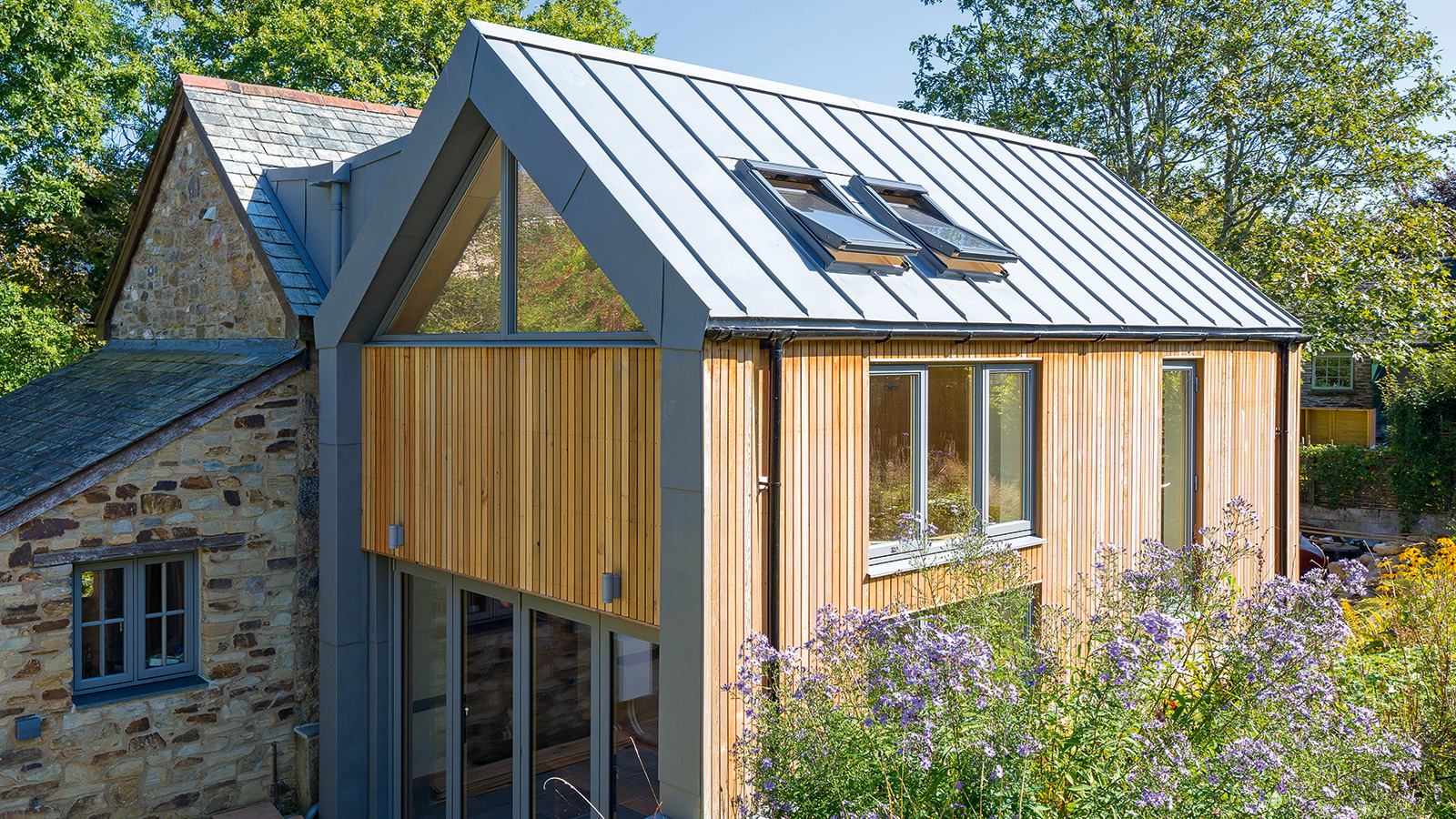
The window materials you choose can have just as much of an impact on the final appearance of your home as the style that you opt for.
When it comes to how to choose window styles, you will need to think about all kinds of things, from their style and how that might fit in with your house, to how well they will perform from an energy efficiency point of view. There is also the not so insignificant matter of costs.
In this guide, we take a look at the most common window materials to help simplify the process of selecting this all-important feature, taking into account their advantages and disadvantages. We've also included costs, based on a complete set of new windows for the average-sized house.
Which window materials are available?
No matter what types of windows you have decided upon, you will find that frames tend to come in one of three main choices: uPVC (plastic), timber, or metal/alloy (aluminium or steel).
The one you choose will need to take into account your budget, the amount of maintenance you are prepared to put in and the style of your home.
uPVC windows
uPVC dominates the replacement windows market and for good reason: it’s usually the cheapest option, manufactured at scale, is largely dimensionally stable (it won’t shrink or warp), is pre-coloured (no painting) in a range of finishes (some impressively wood-like) and requires very little ongoing maintenance. It comes in a range of moulded styles (suiting both traditional and modern homes) and has come a long way in terms of mimicking timber (and aluminium) appearances — leading to the question of upvc vs aluminium windows.
The key negatives are that the frames tend to be a little chunkier than the alternatives and not everyone thinks they are appropriate for period (or indeed period-style) homes.
One of the design elements that very few uPVC window suppliers seem to get right is the ability for the opening casement to close so that it is flush with the frame, and also consistent in terms the thickness of the sightlines, where the frames in the window all line up with each other. Most homeowners don’t care about that type of thing — but of course, you should.
Pros:
- Cheapest overall although costs vary with quality
- Low-maintenance
- Range of moulded styles
- Widely available
Cons:
- Can look cheap
- Can reduce the value of period homes
- Not easy to repair
- Can be weak
Costs: £5,000-£15,000.
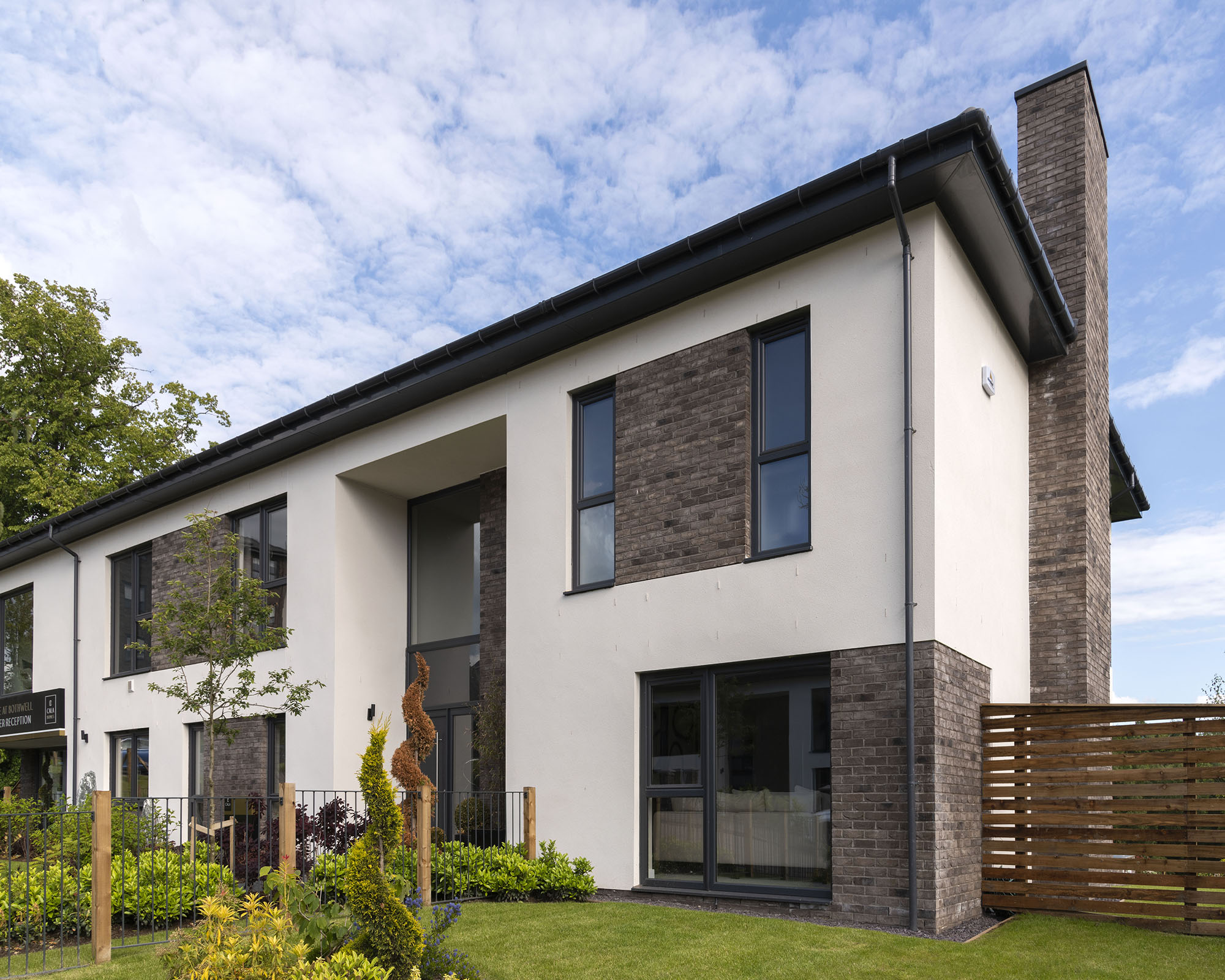
Timber windows
The biggest benefit of timber windows is their feel and authenticity for period-style homes. There is no better material for replicating a traditional style and detailing than timber. And that tactility and texture of timber has broad appeal beyond the traditionalists. Increasingly, builders of modern homes might look to solid chunky oak in order to frame their large pieces of glass.
The problem for most people is maintenance (on all timbers) and dimensional stability/durability. That said, nothing looks quite like a timber sash, and most timber window suppliers will pre-treat and paint the windows, but they will still need attention every 5-10 years or so.
Pros:
- If properly maintained can last 60+ years
- Versatile as available in so many styles
- Good thermal performance
- Perfect for period homes
Cons:
- Require more maintenance than other materials
- Can twist, warp or move if not propertly protected
- Cost — more expensive than uPVC
Cost: Anywhere from £6,000 for softwood up to £20,000 for some hardwoods.
Anyone opting for timber windows will be wondering how softwood compares to hardwood — let us explain.
- Softwood windows make having timber achievable even on a tight budget. But they do require more maintenance than other materials so may not be suitable for everyone. In terms of the best softwoods to choose, Douglas fir is a very stable, durable softwood while European Redwood (also known as Scots Pine) is less prone to dimensional change and movement. You should expect to pay between £6,000-£15,000 for the average size house.
- Hardwood windows are a great choice for traditional-style homes, but tend to be more expensive than softwood. Good choices include oak, ash, birch, maple and walnut. Hardwoods don’t normally experience as much warping or swelling as softwood and tend to provide higher levels of weather resistance. The dense nature of hardwoods can create a grain-like finish which is good for windows that will be stained. Expect to pay £8,000-£20,000 for new hardwood windows.
- Engineered, or multilayer timber is another great solution that solves any issues associated with warping or movement that can affect solid wood windows. It is created by layering wood sections, with the grain of one section of wood layered in the opposing direction to the grain of its neighbour.
You could also consider thermally modified timber such as Kebony and Accoya.
“The pine used to make Accoya goes through a non-toxic, environmentally friendly process, called acetylation, which makes it a super strength version of its original form – more durable and stable,” says Jonathan Hey, founder and owner at Westbury Windows & Joinery
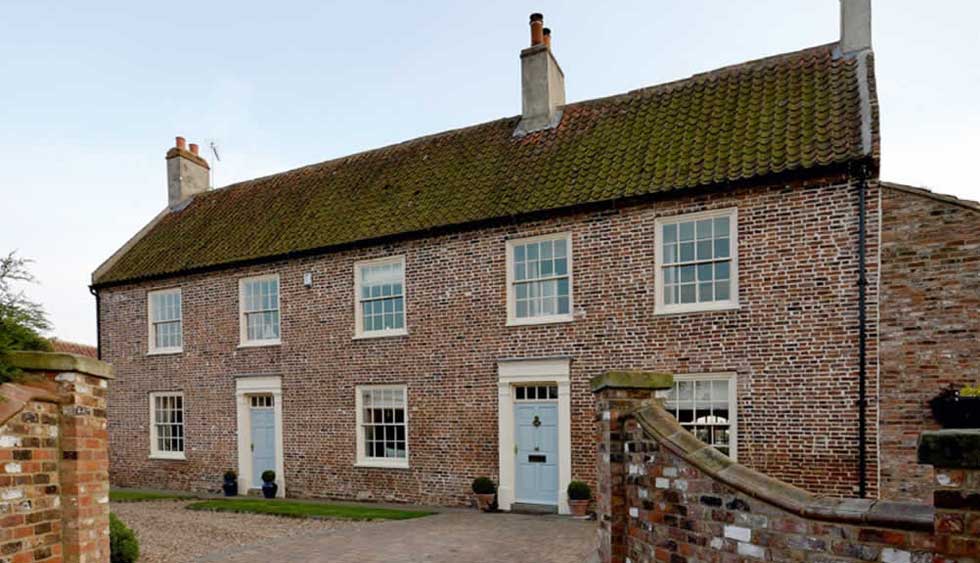
Aluminium windows
Aluminium is undoubtedly the framing material of the moment. It is super strong which results in the ability to achieve very slim frame widths while easily accommodating heavy triple glazing. It comes pre-finished in any RAL colour (not just anthracite!) and it perfectly suits the modern desire for small frames, minimal bars and maximum glass. It’s almost completely maintenance free and is totally dimensionally stable.
And aluminium windows aren't just for contemporary homes. What has changed over the past year or so is that they are increasingly being specified on more period-style homes.
“Aluminium is being used in more and more period properties as customers realise the potential to create period looks,” says Neil Ginger, CEO of Origin. “We offer Georgian bars, midrails on doors and woodgrain finishes on our aluminium products, enabling us to meet the stylistic requirements of a period property with none of the maintenance and upkeep of wood.”
Pros:
- Energy efficient
- Last up to 40 years
- Little maintenance
Cons:
- They can be up to 20% more expensive than uPVC windows
Costs: £8,000 - £18,000
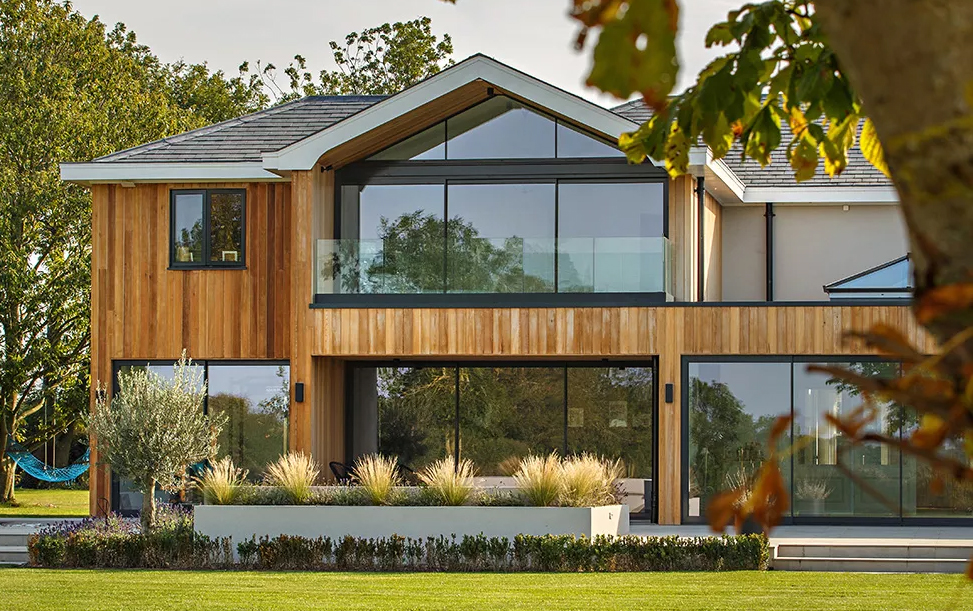
Composite windows
If you’re struggling with the choice of materials, there is a compromise — composite. But what is a composite window? These are systems that mix different framing materials inside and out. They usually consist of timber windows with a weather-proof capping, such as aluminium strips or plastic.
Pros:
- Can withstand harsh climates (widely used in such as Canada and Sweden)
- Great for triple-glazing
- Complement modern designs
- Low maintenance but offer the warmth of timber internally
Cons:
- Expensive
- Unlikely to be made to standard UK sizes if ordered from the Continent
Costs: Between £10,000 and £25,000 — expect to pay 25% more for triple glazing.
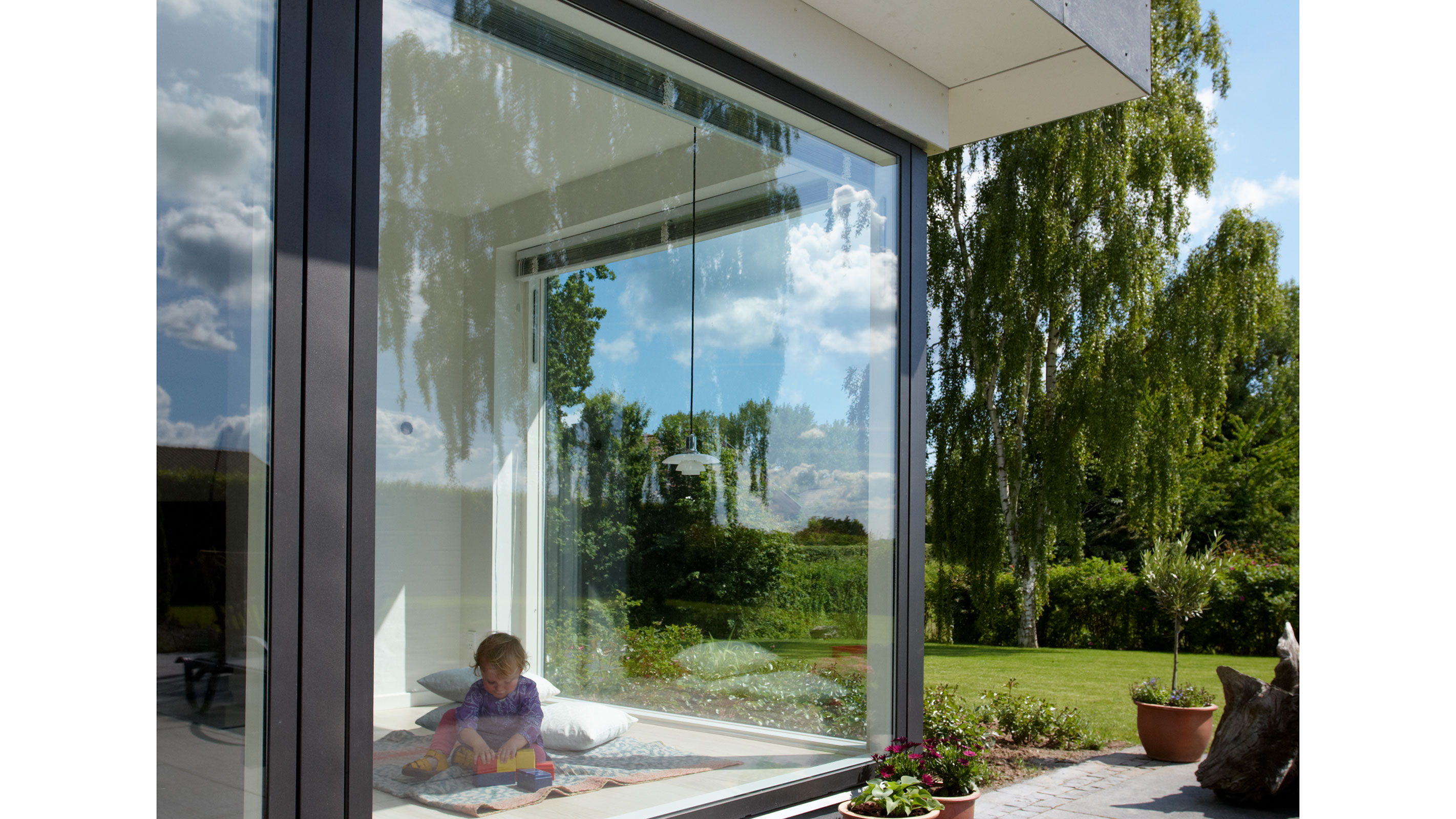
Steel windows
Steel windows are fast becoming a popular choice with people that want to create a heritage style finish or want to add a modern touch to a period renovation.
Pros:
- Popular among contemporary-style homes but increasingly popular in period properties (particularly for Belgian doors)
- Low maintenance
- Produce classic, elegant-looking frames
Cons:
- To increase the thermal qualities, include glass units with argon in the cavities
- Can be expensive
Costs: Between £7,000 and £21,000
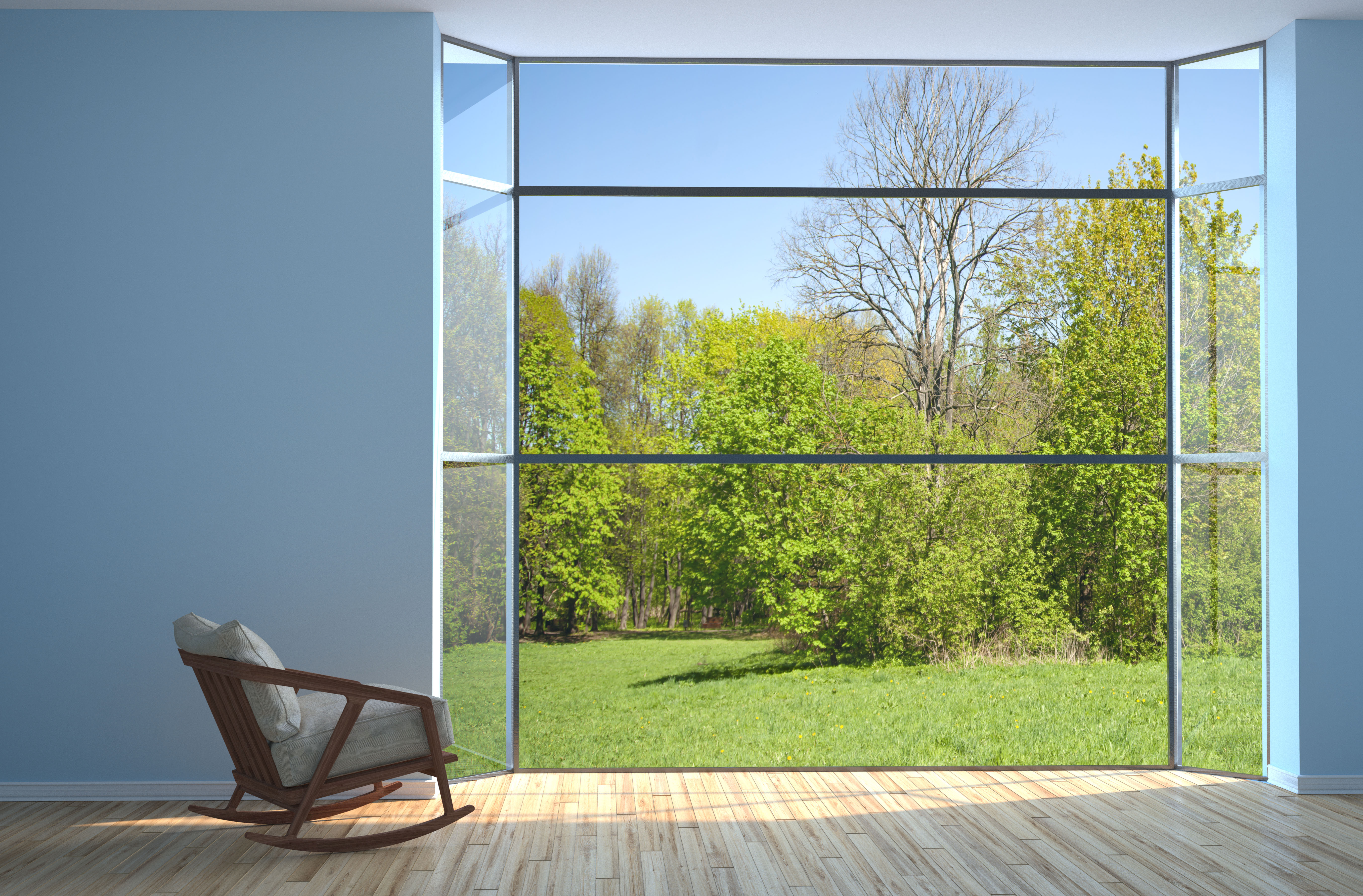
While the materials you choose for your windows plays a huge role in their look, performance and the new window costs you'll face, there is more to consider than just this element.
The style of windows, how they are glazed and their placement will also have a massive effect on the kerb appeal of your home.
"It is often said that if the elevation is the face of the house, then the windows are the eyes," says Mark Brinkley, author of the Housebuilder’s Bible and an experienced builder. "So beyond all the practical and performance issues, the window styles you choose must look good. And that is down to three main factors: positioning, the shape of the windows and the window itself."

Mark is the author of the ever-popular Housebuilder’s Bible and an experienced builder. The Housebuilder’s Bible is the go-to hardback for self builders; originally published in 1994, it is updated every two years with up-to-date build costs and information on planning and building regulations, and is currently in its 14th reiteration.
He has written for publications such as Homebuilding & Renovating for over three decades. An experienced self builder, his latest self build, a contemporary eco home built to Passivhaus principles, was created on a tight urban brownfield plot.

Neil Ginger founded Origin in 2001 along with his Victoria Brocklesby, after they identified a gap in the market for high quality bi-folding doors
Get the Homebuilding & Renovating Newsletter
Bring your dream home to life with expert advice, how to guides and design inspiration. Sign up for our newsletter and get two free tickets to a Homebuilding & Renovating Show near you.
Natasha was Homebuilding & Renovating’s Associate Content Editor and was a member of the Homebuilding team for over two decades. In her role on Homebuilding & Renovating she imparted her knowledge on a wide range of renovation topics, from window condensation to renovating bathrooms, to removing walls and adding an extension. She continues to write for Homebuilding on these topics, and more. An experienced journalist and renovation expert, she also writes for a number of other homes titles, including Homes & Gardens and Ideal Homes. Over the years Natasha has renovated and carried out a side extension to a Victorian terrace. She is currently living in the rural Edwardian cottage she renovated and extended on a largely DIY basis, living on site for the duration of the project.

